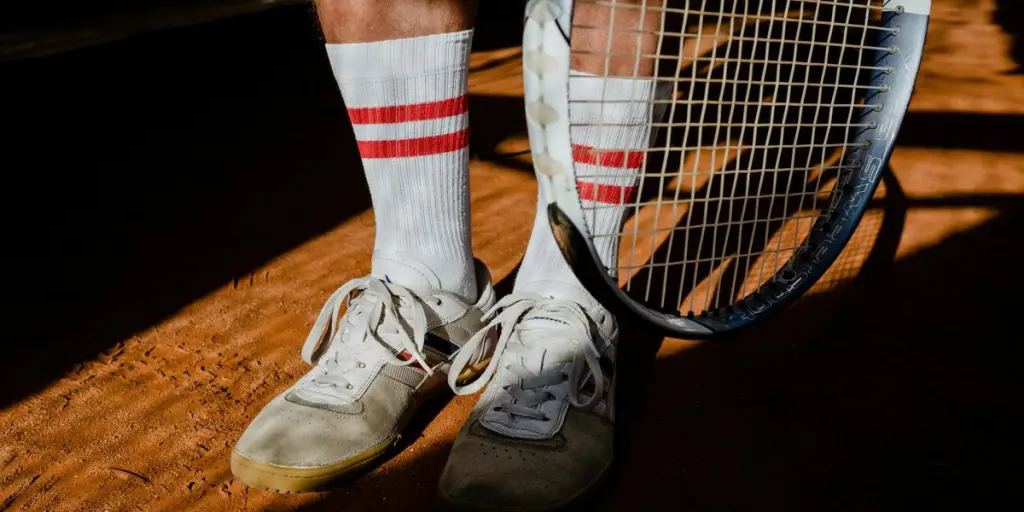Low drop shoes have become a significant trend in the sports and accessory industry, particularly among fitness enthusiasts. These shoes, characterized by a minimal difference in height between the heel and the toe, are designed to promote a more natural foot strike and improve overall performance. As the demand for functional and ergonomic footwear continues to rise, low drop shoes are gaining traction in the market.
Table of Contents:
Market Overview of Low Drop Shoes
Design and Technological Features of Low Drop Shoes
Comfort and Functionality
Durability and Quality
Conclusion
Market Overview of Low Drop Shoes
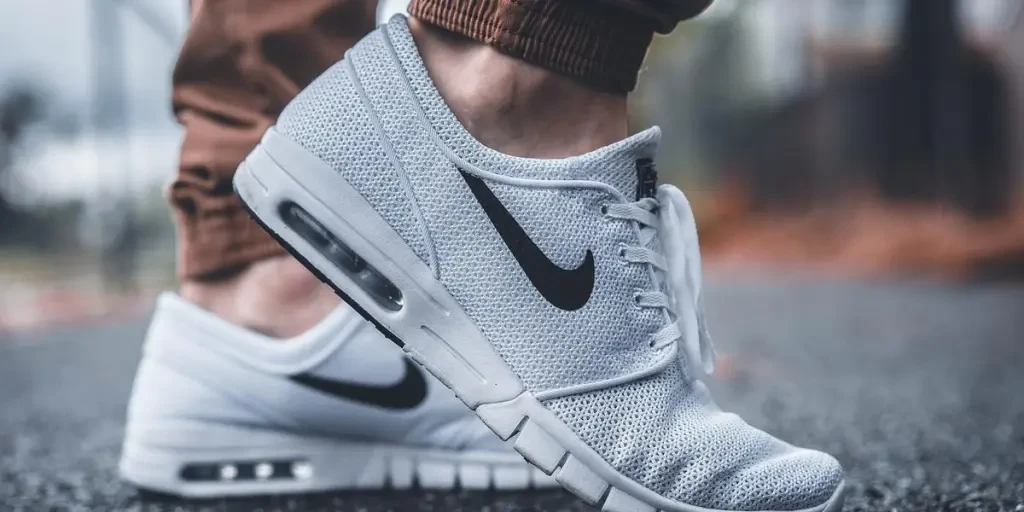
Growing Popularity in the Fitness Community
The fitness community has increasingly embraced low drop shoes due to their numerous benefits. These shoes are designed to mimic the natural movement of the foot, which can enhance performance and reduce the risk of injury. According to a professional report, the global market for athletic footwear, including low drop shoes, is projected to grow significantly in the coming years. This growth is driven by the rising awareness of health and fitness, as well as the increasing participation in sports and recreational activities.
Low drop shoes are particularly popular among runners and cross-training athletes. They provide a more natural running experience by promoting a midfoot or forefoot strike, which can lead to improved running efficiency and reduced impact on the joints. As more people become aware of these benefits, the demand for low drop shoes is expected to continue to rise.
Key Players and Brands in the Market
Several key players dominate the low drop shoe market, each offering a range of products designed to meet the needs of different athletes. According to a report by Research and Markets, some of the leading brands in the athletic footwear market include Nike, Adidas, New Balance, and Under Armour. These companies invest heavily in research and development to create innovative products that enhance performance and comfort.
Nike, for example, has introduced several low drop shoe models that cater to runners and cross-training athletes. Their products are known for their advanced materials and cutting-edge design elements. Similarly, Adidas has developed a range of low drop shoes that feature their proprietary Boost technology, which provides superior cushioning and energy return.
Market Segmentation and Target Audience
The market for low drop shoes can be segmented based on several factors, including end-user demographics and regional preferences. According to a professional report, the athletic footwear market is divided into three main segments: men, women, and kids. Men currently hold the majority of the market share, driven by their high participation in sports and fitness activities. However, the women’s segment is also growing rapidly, as more women engage in fitness and sports.
Regionally, North America is the largest market for athletic footwear, including low drop shoes. The strong sports culture and high fitness consciousness in the region drive the demand for performance-oriented footwear. Europe and the Asia-Pacific region are also significant markets, with increasing participation in sports and rising disposable incomes contributing to market growth.
Design and Technological Features of Low Drop Shoes
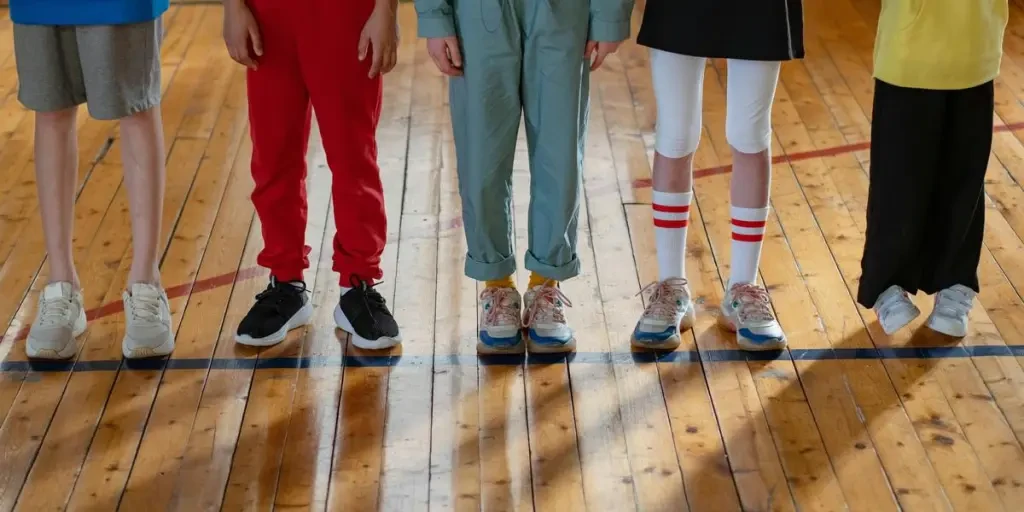
Innovative Materials for Enhanced Performance
Low drop shoes have become a staple in the sports and accessory industry, thanks to their innovative use of materials that enhance performance. One of the standout features of these shoes is the incorporation of advanced materials that provide both durability and comfort. For instance, many low drop shoes utilize high-quality Nubuck leather, which is known for its robustness and minimal stitching, reducing the risk of wear and tear. This material choice is particularly beneficial for athletes who engage in rigorous activities, as it offers a balance between flexibility and support.
Moreover, the use of synthetic variations, such as the Mission LT 2.0, offers a more breathable option for those who require enhanced ventilation during intense physical activities. These synthetic materials are designed to wick away moisture, keeping the feet dry and comfortable. The integration of waterproof membranes, like the BD.dry membrane, further adds to the functionality of low drop shoes, making them suitable for various weather conditions without compromising on breathability.
Cutting-Edge Design Elements
The design of low drop shoes is meticulously crafted to cater to the needs of athletes and outdoor enthusiasts. One of the key design elements is the low-profile rubber compound underfoot, which provides maximum grip on rocky terrains. This feature is particularly advantageous for climbers and hikers who require stability and traction on uneven surfaces. The large rubber toe rand and to-the-toe lacing system are additional design elements that enhance the shoe’s grip and fit, ensuring that the foot remains secure during strenuous activities.
Another notable design feature is the ergonomic shape of the shoe, which allows for a natural foot position. This design is inspired by the barefoot running movement and is exemplified by Altra’s zero-drop offerings. The flat footbed and extra-roomy toe box enable the foot to stay in its naturally prone and splayed position, reducing the risk of pressure points, hot spots, and blisters. This design is particularly beneficial for those with wide or finicky feet, as it provides a more comfortable and ergonomic fit.
Technological Advancements in Shoe Manufacturing
Technological advancements in shoe manufacturing have significantly contributed to the popularity of low drop shoes. Modern manufacturing techniques have enabled the production of lightweight yet durable shoes that cater to the demands of various sports and activities. For example, the use of Vibram FriXion XF 2.0 outsole in the La Sportiva Ultra Raptor II offers incredible traction on rock, making it a preferred choice for climbers and trail runners. This outsole technology provides a balance between grip and durability, ensuring that the shoes can withstand the rigors of outdoor activities.
Additionally, the integration of rock plates and gaiter attachments in shoes like the Altra Lone Peak enhances their functionality for trail running and hiking. These technological features provide added protection against sharp objects and debris, ensuring that the feet remain safe and comfortable during long-distance treks. The use of advanced lacing systems, such as the “Ghillie” lacing system, allows for a customizable fit, further enhancing the overall user experience.
Comfort and Functionality
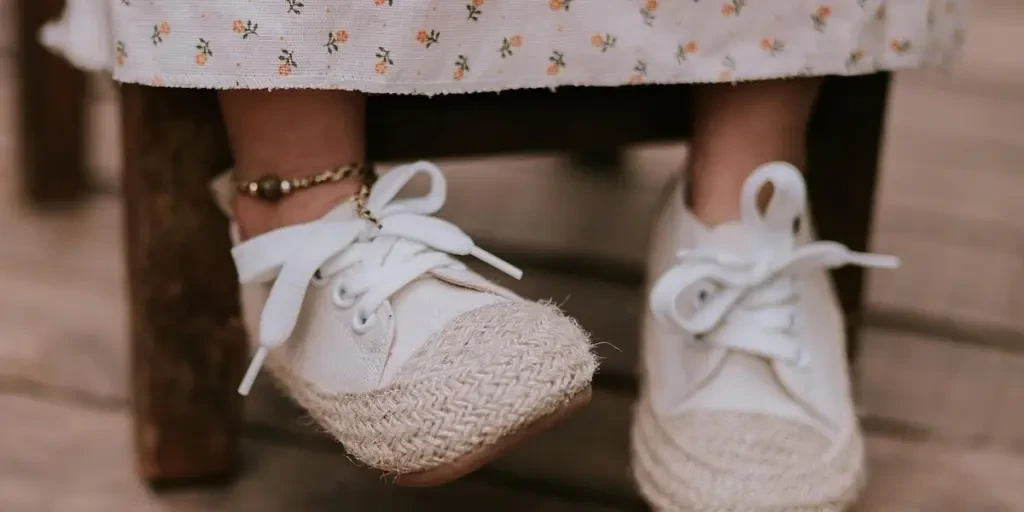
Ergonomic Benefits of Low Drop Shoes
The ergonomic benefits of low drop shoes are one of the primary reasons for their widespread adoption. These shoes are designed to promote a natural foot position, which helps in reducing strain on the lower limbs. The zero-drop design, which means that the heel and forefoot are at the same level, encourages a more natural gait and can help in alleviating common issues such as plantar fasciitis and Achilles tendonitis. According to a professional report, Altra’s zero-drop shoes have gained legendary status among the thru-hiking community for their ergonomic design and comfort.
Versatility for Various Sports and Activities
Low drop shoes are incredibly versatile and can be used for a wide range of sports and activities. Their design and construction make them suitable for everything from trail running and hiking to climbing and everyday wear. For instance, the La Sportiva TX4 Evo is a hybrid shoe that combines the features of an approach shoe and a trail runner, making it ideal for both hiking and climbing. The shoe’s excellent traction on rock and comfortable fit make it a popular choice among outdoor enthusiasts.
Similarly, the Hoka Speedgoat 5, with its lightweight and cushioned design, is perfect for moving quickly on the trail. Its super thick midsole isolates the foot from uneven terrain, providing a smooth and comfortable ride. This versatility makes low drop shoes a valuable addition to any athlete’s gear, as they can be used across different activities without compromising on performance.
User Experience and Feedback
User experience and feedback play a crucial role in the continuous improvement of low drop shoes. Many users have reported positive experiences with these shoes, particularly in terms of comfort and performance. For example, the Altra Lone Peak has received rave reviews for its ergonomic design and roomy toe box, which provide a comfortable fit for long-distance hiking. Users have also appreciated the shoe’s durability and the improvements made in each new model, such as the more aggressive outsole and simplified upper.
Similarly, the La Sportiva Ultra Raptor II has been praised for its excellent traction and long-distance comfort. Users have highlighted the shoe’s ability to provide a secure fit and protect the feet during challenging hikes and climbs. This positive feedback underscores the importance of user experience in the design and development of low drop shoes, ensuring that they meet the needs and expectations of athletes and outdoor enthusiasts.
Durability and Quality
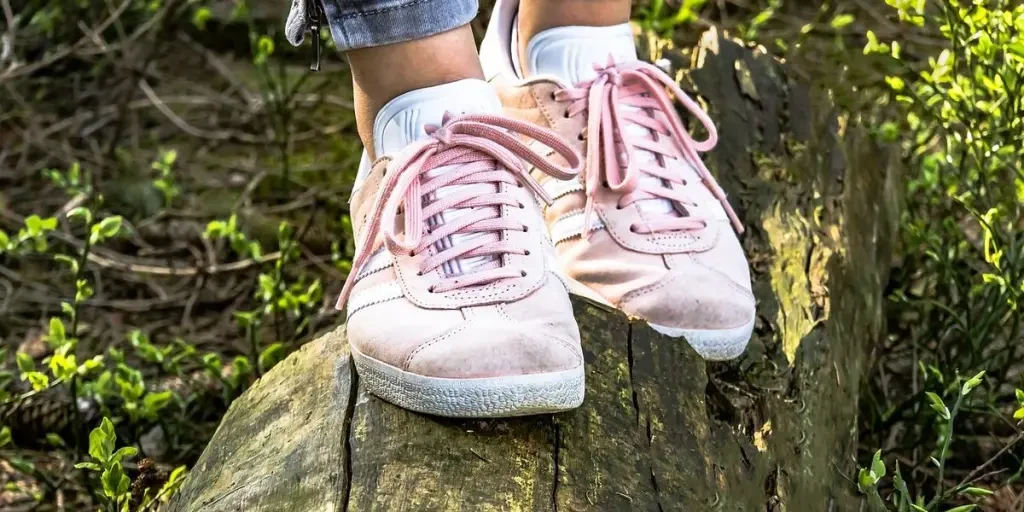
High-Quality Construction and Longevity
The durability and quality of low drop shoes are key factors that contribute to their popularity. These shoes are constructed using high-quality materials and advanced manufacturing techniques that ensure longevity. For instance, the use of Nubuck leather and synthetic variations in the construction of low drop shoes provides a balance between durability and breathability. The beefy rubber at the toe and heel areas offers additional protection against rough terrain, enhancing the shoe’s lifespan.
Testing and Quality Assurance
Rigorous testing and quality assurance processes are integral to the production of low drop shoes. Manufacturers conduct extensive testing to ensure that the shoes can withstand the demands of various sports and activities. This includes testing for durability, traction, and comfort under different conditions. For example, the La Sportiva Ultra Raptor II undergoes thorough testing to ensure that its Vibram FriXion XF 2.0 outsole provides optimal traction on rock and other surfaces. These quality assurance measures ensure that the shoes meet the highest standards of performance and reliability.
Brand Reputation and Consumer Trust
The reputation of brands that produce low drop shoes plays a significant role in consumer trust and loyalty. Brands like Altra, La Sportiva, and Hoka have established themselves as leaders in the industry by consistently delivering high-quality and innovative products. Their commitment to research and development, coupled with positive user feedback, has earned them a loyal customer base. Consumers trust these brands to provide shoes that not only meet their performance needs but also offer comfort and durability.
Conclusion
The evolution of low drop shoes in the sports and accessory industry is a testament to the advancements in design, technology, and user-centric innovation. These shoes offer a unique blend of comfort, functionality, and durability, making them a preferred choice for athletes and outdoor enthusiasts. As technology continues to advance, the future of low drop shoes looks promising, with potential for even greater enhancements in performance and user experience. The ongoing commitment to quality and innovation by leading brands ensures that low drop shoes will remain at the forefront of the industry, catering to the diverse needs of consumers.
